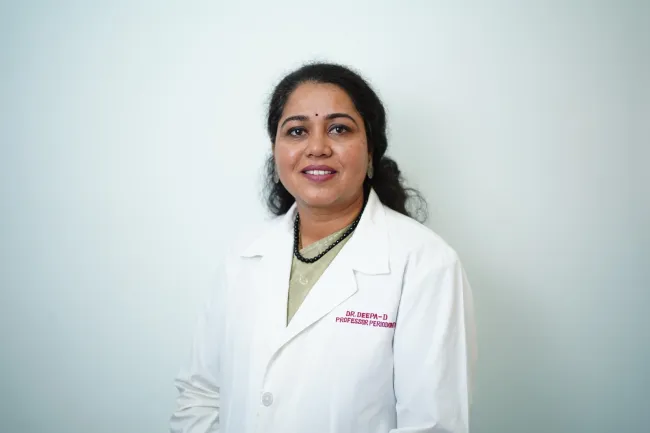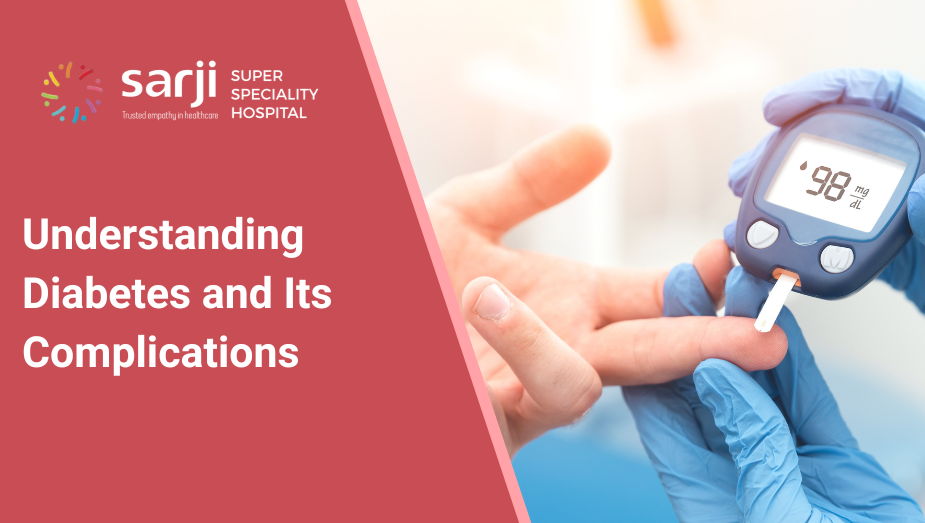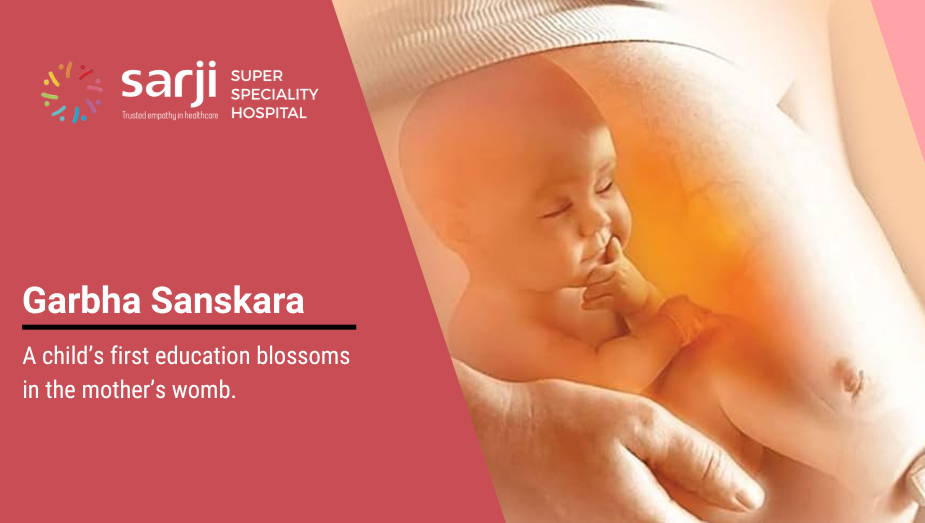Periodontics is a branch of dentistry. It focuses on the periodontium, the group of supporting structures around the teeth. Its name originates in the Greek words “peri,” meaning around, and “odons,” meaning tooth. This specialty plays a crucial role in maintaining the health and stability of our teeth by addressing the complexities of the periodontium.
Common Conditions
Periodontal diseases refer to conditions affecting the periodontium, encompassing the supportive structures around the tooth, including the gingival tissue, alveolar bone, cementum, and periodontal ligament.
Gingivitis, an early reversible stage of periodontal disease, results from bacterial plaque buildup causing gum inflammation. If left untreated, it progresses to periodontitis, an irreversible condition leading to tissue and bone loss around the teeth.
Mild periodontitis, a progression from untreated gingivitis, is characterized by periodontal pockets where gums recede from teeth, causing bone loss. Timely dental intervention is crucial to halt further bone and gum tissue damage.
Moderate to advanced periodontitis, the severe stage of gum disease, involves substantial bone loss, deepened pockets, and receding gums. Loose teeth might necessitate extraction, highlighting the critical need for comprehensive dental care.
Symptoms
Common signs and symptoms of periodontitis include:
Red, swollen, tender gums
Gum recession
Loose teeth
Persistent bad breath (halitosis)
Bleeding while brushing
Partial dentures no longer fit properly
Presence of pus between teeth and gums
Alterations in bite and jaw alignment
If experiencing these symptoms, seek consultation with a periodontist, a dentist specializing in treating periodontal diseases.
Causes
Bacteria in the mouth lead to periodontal disease by infecting the tissue around the tooth, causing inflammation. The disease begins with the formation of plaque, a film on the teeth that hardens into tartar. Tartar buildup beneath the gum line complicates cleaning, necessitating professional removal to halt the disease.
The fundamental cause of gum disease is the buildup of plaque, which is rich in various bacteria. Additional factors contributing to periodontal disease include:
Genetic predisposition
Lifestyle choices
Poor diets, lacking essential nutrients
Smoking or use of smokeless tobacco
Autoimmune or systemic diseases
Diabetes
Hormonal fluctuations
Bruxism (teeth clenching or grinding)
Certain medications
Excessive alcohol consumption
Diagnosis
Diagnosing periodontal disease includes a thorough assessment of various indicators by dental professionals. Here’s an overview of the diagnostic process:
Clinical Examination: A visual inspection of the gums for signs of inflammation, bleeding, recession, and pocket depths using a probe
X-rays: Radiographs to assess bone loss, detect tartar below the gum line, and evaluate tooth roots
Measurement of Pocket Depths: A probe to measure the depth of spaces between teeth and gums, indicating the severity of the disease
Bite Assessment: Evaluating how the teeth come together to check for changes in alignment.
Review of Medical History: Understanding factors such as smoking, diabetes, medications, and overall health that can impact gum health
Additional Tests: Other tests, like genetic testing or microbial analysis, are sometimes used for a comprehensive diagnosis
This comprehensive approach helps in accurate diagnosis and developing an effective treatment plan for managing periodontal disease.
Risk Factors
The following risk factors are associated with the development and progression of periodontal disease:
Advanced age
Smoking/Tobacco use
Genetics
Stress
Medications
Excessive force on teeth, which can accelerate the destruction of periodontal tissues
Conditions affecting the body’s inflammatory system, worsening gum health
Poor nutrition
Obesity
Awareness of these risk factors and discussing them with a periodontist helps develop an appropriate treatment plan.
Treatment
In treating periodontal disease, the primary aim is infection control. Treatment plans vary based on disease severity. Patient adherence
to excellent home care is crucial, with potential lifestyle changes like quitting smoking. Here are some of the care approaches:
Professional Dental Cleaning: This technique includes scaling and root planning to eliminate plaque and calculus above and below the gum line.
Oral Hygiene Instruction: The dental professional gives vital guidance to enhance at-home oral care routines.
Re-evaluation Appointment: After the initial cleaning, the patient returns for a re-evaluation appointment. Here, the periodontium is thoroughly examined, and probing depths are measured to assess the progression of the disease.
Confirmation of Resolution: If improvement is noted, the patient continues with regular dental cleanings.
Maintenance Cleanings: Scheduled cleanings are crucial to prevent the reactivation of periodontitis.
Additional Medications: Topical antibiotic gel, antiseptic chips, antimicrobial mouthwash, or enzyme suppressants are prescribed to address the causes of gum recession.
Surgical Options (if needed): Flap surgery is recommended for deep cleaning to eliminate bacteria and tartar, with gums repositioned for a better fit. Grafting is a technique that involves using synthetic particles or tissue to revitalize gum tissues or bones.
Long-term success hinges on consistent maintenance cleanings and diligent oral care to prevent periodontitis reactivation. A periodontist will customize the treatment plan to preserve gum tissues and ensure optimal oral health.
Prevention and Lifestyle Changes
Here are some steps for preventing and managing periodontal disease:
Good Oral Hygiene: Routine brush and floss help remove bacteria that cause gum disease.
Professional Cleanings: Regular visits to the dentist for cleanings are crucial if one has potential risk factors.
Treatment for Gingivitis: Control and treat gingivitis with excellent oral hygiene and regular cleanings.
Annual Comprehensive Periodontal Evaluation (CPE): This evaluation assesses teeth, gums, plaque levels, bite, and bone structure. Early detection of gum disease symptoms is vital for protection.
These steps and regular visits to a periodontist can help prevent and manage periodontal disease, preserving your teeth and gum health.
Periodontal disease is a prevalent yet avoidable condition that requires careful attention to oral hygiene and regular professional care. By understanding the causes, symptoms, risk factors, and treatment options, individuals can take active steps to preserve their oral health and overall well-being. Remember, a happy, healthy smile begins with a healthy mouth.
Doctors

Dr. Deepa Arun
Senior Consultant -Periodontics and Implantology, Dentistry.
Experience: 22+ Years
View







